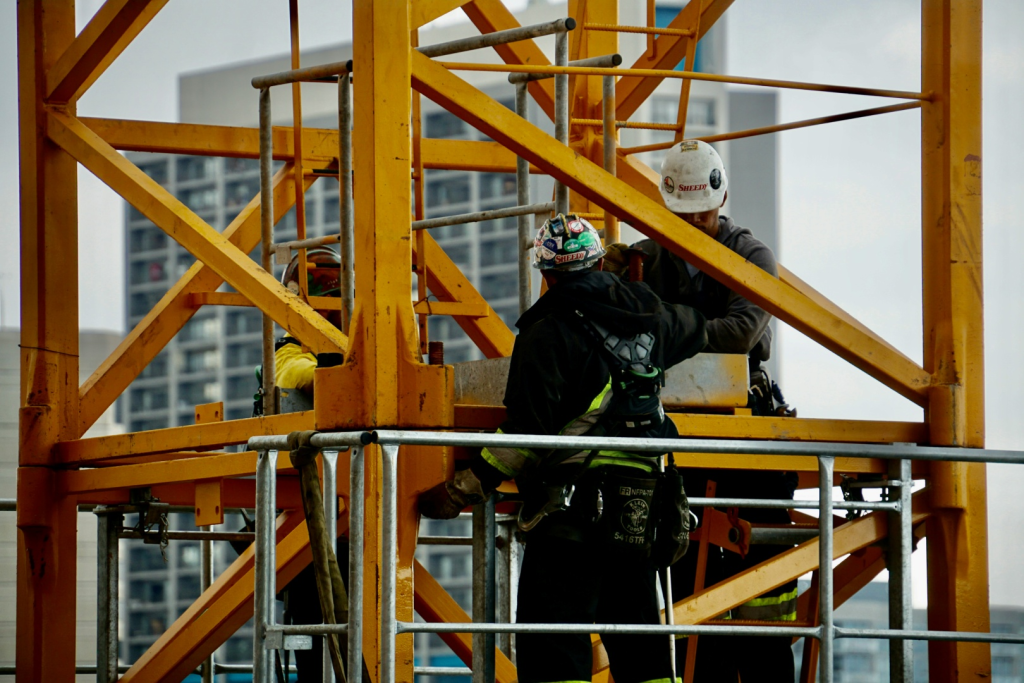Imagine working at heights without proper protection — falling is a significant risk in many industries. The advent of fall protection equipment has revolutionized workplace safety, ensuring individuals are safeguarded against potentially life-threatening accidents. This article delves into the realm of fall protection equipment, exploring its significance, types, proper usage, technological advancements, industry applications, misconceptions, and the future landscape.
Understanding Fall Hazards
Before delving into the equipment, it’s crucial to grasp the various fall hazards encountered in workplaces. These hazards span from unprotected edges to fragile surfaces and unguarded openings, each presenting unique risks to workers’ safety.
Importance of Fall Protection Equipment
The need for fall protection equipment cannot be overstated. Statistics reveal alarming rates of injuries and fatalities resulting from falls. According to the Bureau of Labor Statistics, falls accounted for a significant number of fatalities in the workplace, emphasizing the critical need for reliable fall protection gear.
Types of Fall Protection Equipment
Fall protection gear encompasses a range of devices designed to arrest falls and minimize their impact. Harnesses, lanyards, guardrails, safety nets, anchorage points, and lifelines are among the crucial tools in this arsenal.
How to Choose the Right Equipment
Selecting the appropriate equipment hinges on various factors, including the work environment and compliance with safety regulations. Assessing these aspects aids in ensuring the most suitable protection measures. Check Protekt offer – https://protekt.uk/.
Proper Use and Maintenance
It’s not enough to possess the right equipment; proper usage and maintenance are paramount. Training, regular inspection, and timely replacement of worn-out components contribute significantly to effectiveness.
Advancements in Fall Protection Technology
Technological innovations continue to enhance fall protection systems, introducing smarter, more efficient solutions. From integrated sensors to ergonomic designs, these advancements elevate safety standards.
Cost-Benefit Analysis of Fall Protection Systems
Investing in fall protection systems may seem costly, but the long-term benefits outweigh the initial expenses. Reduced injury rates and enhanced productivity paint a compelling picture of the return on investment.
Industry-specific Applications
Different industries have unique requirements for fall protection. Construction, manufacturing, and maintenance services employ tailored approaches to suit their specific challenges.
Addressing Common Misconceptions
Misconceptions often cloud the effectiveness of fall protection gear. Dispel myths and provide clarity on the actual capabilities of these safety measures.
Ensuring Safety Culture
Beyond equipment, fostering a safety-centric culture within organizations amplifies the effectiveness of fall protection measures.
The Future of Fall Protection Equipment
As technology evolves, the landscape of fall protection equipment will continue to advance, promising even greater safety measures.
In conclusion, fall protection equipment stands as a pivotal safeguard against fall-related accidents. Its evolution, coupled with industry-specific applications and a proactive safety culture, ensures a safer work environment for all.

